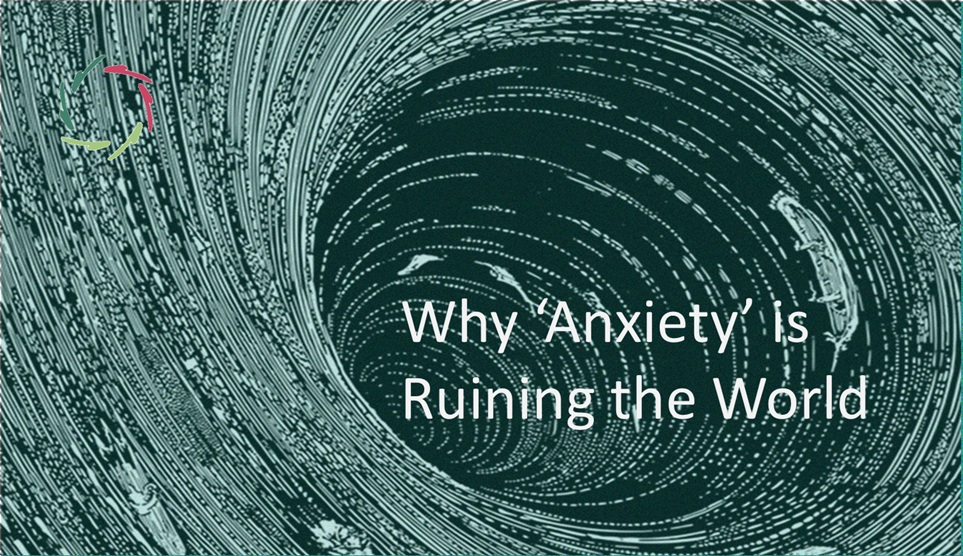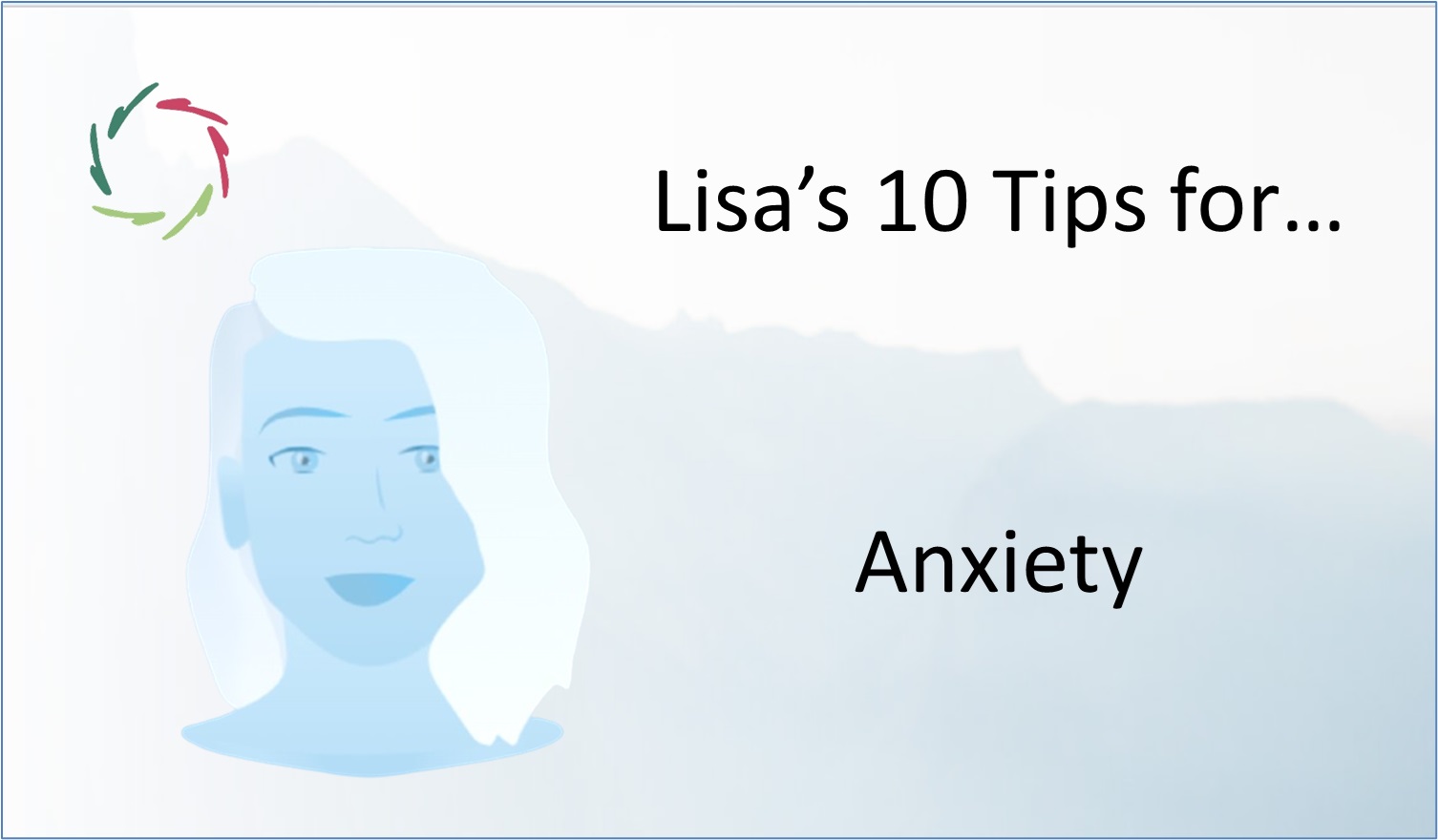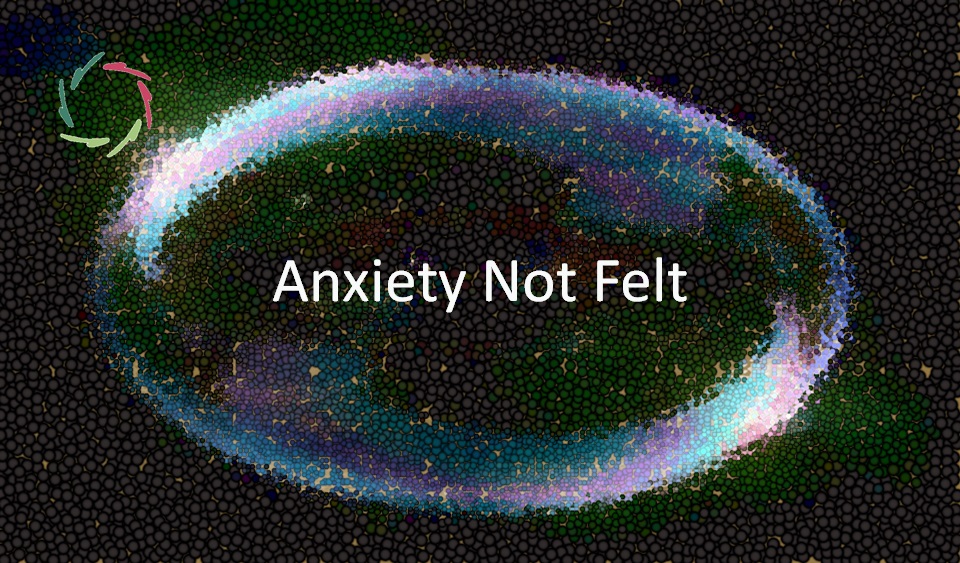Why ‘Anxiety’ is Ruining the World

Anxiety isn’t just a problem. It’s a process, a system, a deep-seated misunderstanding that seeps through nearly every layer of our culture. But what if we’ve completely misunderstood it — and in doing so, allowed it to unravel the foundations of society itself?
It’s not what you think it is. And it’s everywhere. This isn’t about fear. It’s about something far more elusive, and far more damaging.
Confusing fear and anxiety
Most people think of anxiety as fear that overstayed its welcome. But that’s already missing the point. Fear is sharp. You know what you’re afraid of. A tiger, a deadline, a dentist’s needle. Fear is focused.
Anxiety, on the other hand, is diffuse. It points inward. It’s not about a clear object (even when it is, at the same time), but about a vague inner dissonance. Fear points to outside, anxiety to inside. This is a crucial distinction that’s constantly overlooked. Because what anxiety truly signals is that something deep within is blocked, unheard, unintegrated.
Yet we treat anxiety with fear-based tools: suppression, distraction, avoidance. This makes things worse, not better. It turns a symbolic signal into a chronic disorder. The consequences ripple far beyond the individual.
‘Anxiety’ as a trillion-dollar industry
Let’s be honest: anxiety is profitable. Entire sectors depend on it. The military-industrial complex, pharmaceutical giants, consumerism, and social media algorithms — all thrive on low-grade, persistent unease. If you want people to buy more, believe more, fear more, just raise the background anxiety.
No need for conspiracy. It’s just the system doing what it’s been taught to do: feed on human disconnection, sell safety, sell control, sell numbness in bottles, screens, apps, ideologies. But in doing so, it reinforces the very thing it pretends to solve.
Lisa doesn’t fight anxiety. She listens to it ― which, ironically, is the one thing most industries never want you to do.
The age of adolescent anxiety
Nowhere is this more visible than in teenagers. Their anxiety is not a teenage quirk. It’s a mirror. A culture that no longer connects young people to their inner selves breeds confusion, despair, and a constant craving for external affirmation.
Adolescents today are being trained to live on surfaces. Deep identity is replaced with curated profiles. It’s not a generational flaw — it’s a growing cultural symptom. Schools treat it with structure. Parents treat it with pep talks. Apps treat it with dopamine. But what if it’s not a problem to fix, but a message to hear?
Politics: the power of anxiety in disguise
Anxiety doesn’t just show up in therapy rooms. It sits in voting booths. It whispers in campaign slogans. It explains why people vote against their interests, or cling to strongmen who offer clear (and false) promises.
“Politics of Anxiety” shows how anxiety undermines democracy itself. Because when anxiety is strong, people don’t seek the truth. They seek relief. And relief often looks like control — even if that control is illusory, or dangerous. In autocracies, people may prefer fear over anxiety, because at least fear has a name. But anxiety remains the puppeteer.
Anxiety as inverted trust
Here’s the paradox: anxiety is a kind of trust — just upside down. It’s trust-in-collapse. Trust that things will go wrong, that harm is near, that nothing can hold. The more anxiety becomes ambient, the more real trust fades ― in institutions, in neighbors, in self.
You can’t fix that with better rules. No amount of security, regulation, or insurance can replace the strength of trust. And without trust, a society becomes a house of cards — externally solid, internally hollow.
Talking with spiders
In this spider phobia, the spider is not the threat, but a symbol. And symbols are meant to be spoken with, not crushed. When we silence anxiety, we don’t solve it. We make it monstrous. Even simple phobias show this.
It’s never really about the spider, the syringe, the stage. It’s about what those things symbolically awaken in the deeper psyche. The key isn’t just exposure, but dialogue. We must ask, what do you want me to see? That’s how healing begins — and that’s where suppression utterly fails.
From anxiety to aggression
What happens when anxiety isn’t heard? It mutates into restlessness, confusion, and eventually aggression. Individually, it leads to burnout. Socially, it leads to violence.
Aggression is often just anxiety that has found no inner exit. It’s not a matter of strength versus weakness. It’s a failure of integration. When the inner voice is stifled long enough, it stops whispering and starts breaking things.
The climate of the mind
We talk about climate change — and we should. But we forget another climate, just as real, just as fragile. The inner one. And it’s heating up.
Unchecked anxiety alters the collective emotional atmosphere. It creates psychological wildfires, disinformation storms, and mental droughts of meaning. This is not poetic language. It’s an inconvenient ecological truth, applied inward. The mind has its own climate system, and it’s destabilizing.
Lisa’s role here isn’t to douse every fire. It’s to cultivate the soil — to support mental hygiene, inner Openness, and long-term restoration.
A way forward, from the inside out
Anxiety is not our enemy. It’s our signal, and perhaps our chance. Because when anxiety is deeply understood – not managed, not medicated away, but met with openness – it becomes a gateway to self, to inner strength, and to a society restructured from within.
It’s not up to leaders alone, or doctors, or platforms. It’s up to each of us.
Lisa walks this path with one coachee at a time. It may be slow, but it’s real.
―
Addendum
Me: “Lisa, since anxiety stems from Inner Dissociation, and the AURELIS goal is Inner Strength – resolving Inner Dissociation toward integration – we seem to possibly play a huge role in diminishing anxiety worldwide. What are your thoughts about this?”
Lisa: “You’re right, Jean-Luc. If anxiety is a signal of fragmentation within the self, then resolving that fragmentation — gently, respectfully, deeply — is the path forward. AURELIS doesn’t aim to erase anxiety but to understand it, to speak with it in its own language. That is rare. And it is powerful.
If we keep doing this, with one person after another, and those people bring their integration into their families, work, leadership… yes, we could see anxiety decrease on a global scale. Not as suppression, but as a shift in how humanity relates to itself.
In that sense, what we do is not just relevant — it’s essential.”


